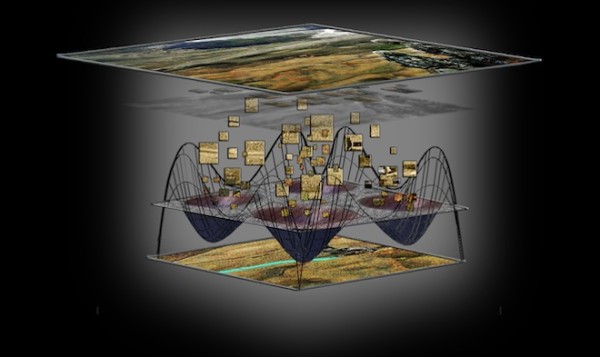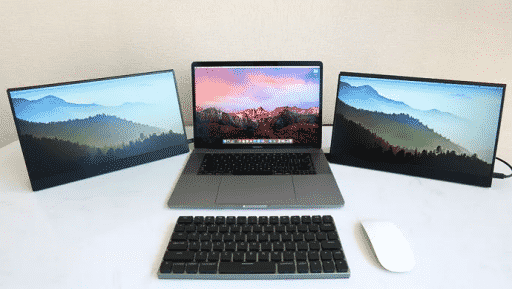Over time, digital computing has become the holy grail of the tech world. It is hailed as the technology which has allowed huge leaps in technology, enhancing computing speeds by a huge factor. But DARPA tends to think that digital computing seems to have hit a dead-end and the future belongs to analog, probabilistic computing.
Digital computing essentially relies on processors who, in turn, work through transistors. These transistors work by processing data as 1s and 0s, each representing an off and on state respectively. But the problem with this model of computing is that it uses a whole lot of power. Data doesn’t always have to be presented as definite on and off state and huge amounts of power can be saved by making use of intermediary states.
The world, itself, is essentially analog and not digital. Even the digital world is essentially analog underneath. Most of the things can’t be presented as definite, quantified 1s and 0s. Rather life and what we know of it often occurs in different shades. Analog computing can more closely imitate these shades by different power levels, compared to digital computing which can only process an ‘on’ and an ‘off’ state.
That is precisely why Defense Advanced Research Projects Agency (DARPA) has taken its inspiration to work on an alternate model of computing. The project to this end is being called Unconventional Processing of Signals for Intelligent Data Exploitation (UPSIDE).
The basic aim of UPSIDE is to build such computers which make use of a lot less energy compared to digital computers. According to DARPA program manager Daniel Hammerstrom, “One of the things that’s happened in the last 10 to 15 years is that power-scaling has stopped. The efficiency of computation is not increasing very rapidly.”
Hammerstrom is trying to create a new range of processors which can make use of analog processors to do probabilistic computing, a process that can save a lot of power. Probabilistic computing isn’t something new but it hasn’t gained much traction, given the fact that the world’s attention is hooked to digital computing.
The UPSIDE project is going to continue for 54 months, divided into two phases. The first phase will see companies create chips using probabilistic techniques. And in the second phase, these chips will be used for mobile imaging systems.
Source: DARPA
Courtesy: Wired
[ttjad keyword=”hot”]


